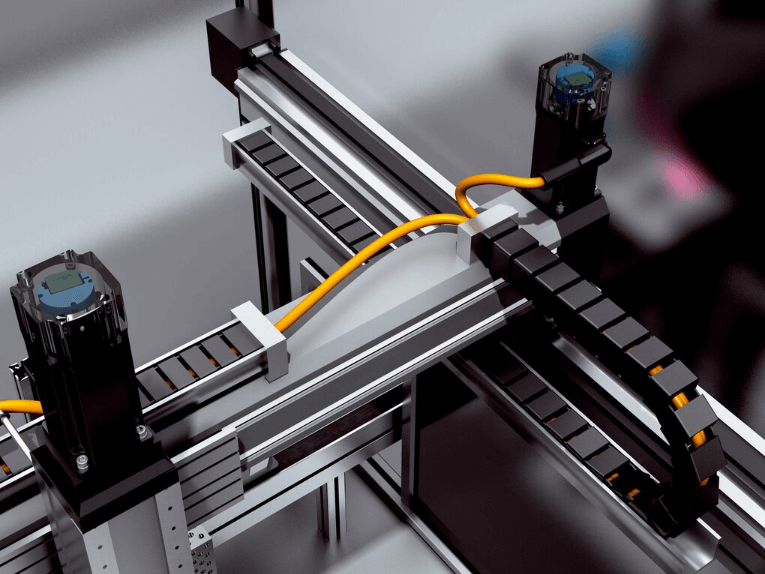INDUSTRIAL Robots
An industrial robot is defined by ISO as an automatically controlled, reprogrammable, multipurpose manipulator programmable in three or more axes. The field of robotics may be more practically defined as the study, design and use of robot systems for manufacturing (a top-level definition relying on the prior definition of robot).
Typical applications of robots include welding, painting, assembly, pick and place (such as packaging, palletizingand SMT), product inspection, and testing; all accomplished with high endurance, speed, and precision.
MEDICAL Robots
Medical robots are robots that allow surgeons greater access to areas under operation using more precise and less invasive methods. They are in mosttelemanipulators, which use the surgeon’s actions on one side to control the “effector” on the other side.
SERVICE Robots
Service robots assist human beings, typically by performing a job that is dirty, dull, distant, dangerous or repetitive, including household chores. They typically are autonomous and/or operated by a build in control system, with manual override options. The term “service robot” is less well-defined. The International Federation of Robotics (IFR) has proposed a tentative definition, “A service robot is a robot which operates semi- or fully autonomously to perform services useful to the well-being of humans and equipment, excluding manufacturing operations.”
MILITARY Robots
Military robots are autonomous robots or remote-controlled devices designed for military applications. Such systems are currently being researched by a number of militaries.
ENTERTAINMENT Robots
An entertainment robot is, as the name indicates, a robot that is not made for utilitarian use, as in production or domestic services, but for the sole subjective pleasure of the human it serves, usually the owner or his housemates, guests or clients. Robotics technologies are applied in many areas of culture and entertainment.
Expensive robotics are applied to the creation of narrative environments in commercial venues where servo motors, pneumatics and hydraulic actuators are used to create movement with often preprogrammed responsive behaviors such as in Disneyland’s haunted house ride.
Entertainment robots can also be seen in the context of media arts where artist have been employing advanced technologies to create environments and artistic expression also utilizing the actuators and sensor to allow their robots to react and change in relation to viewers.
Post time: Nov-08-2024








